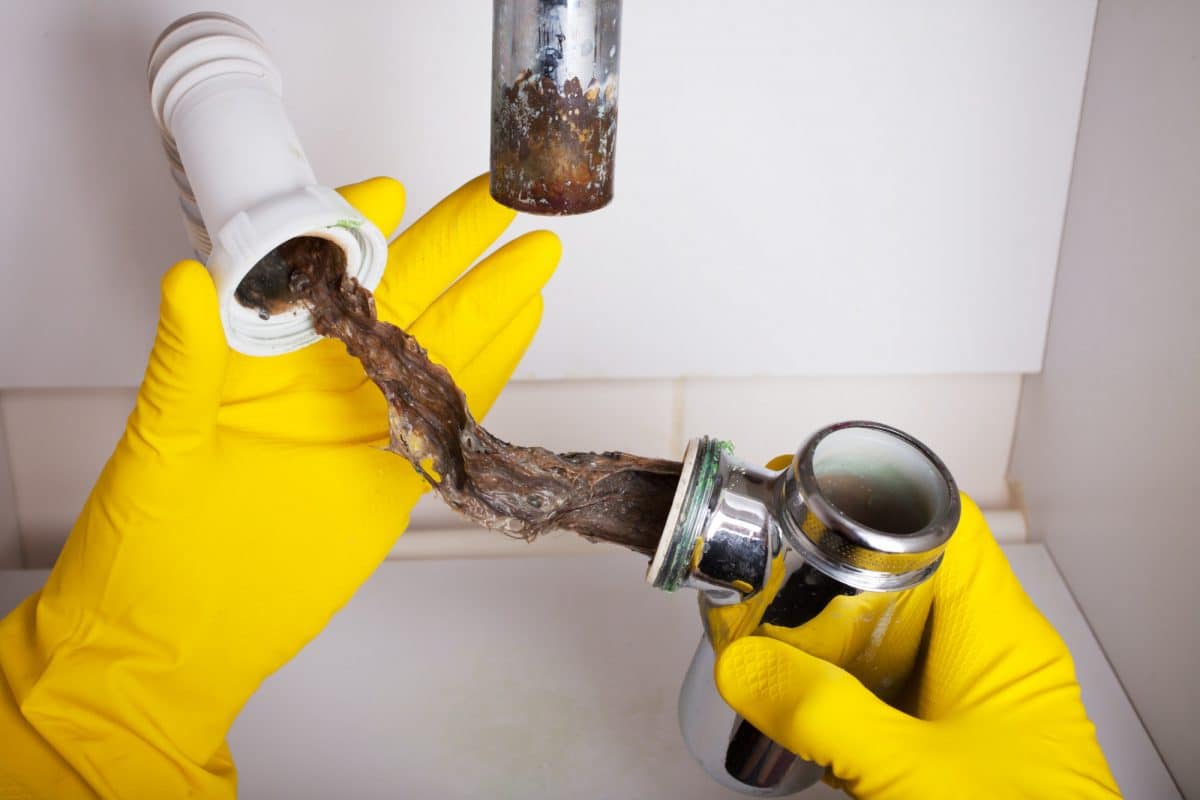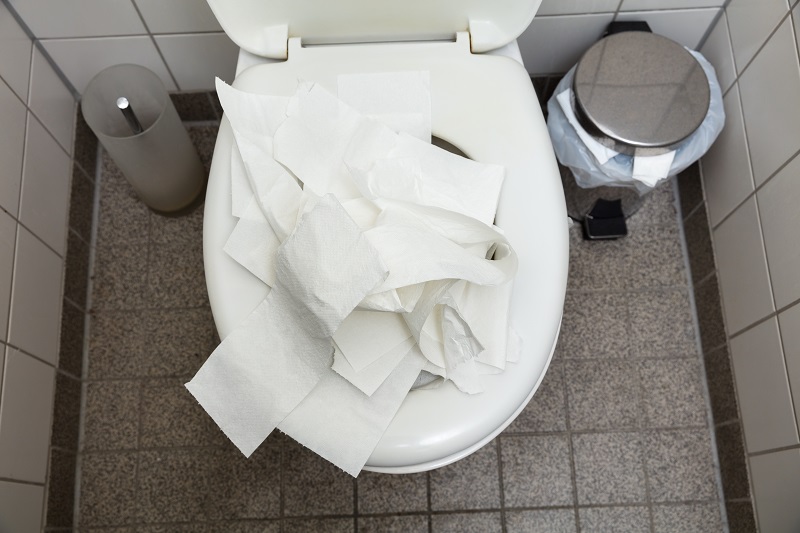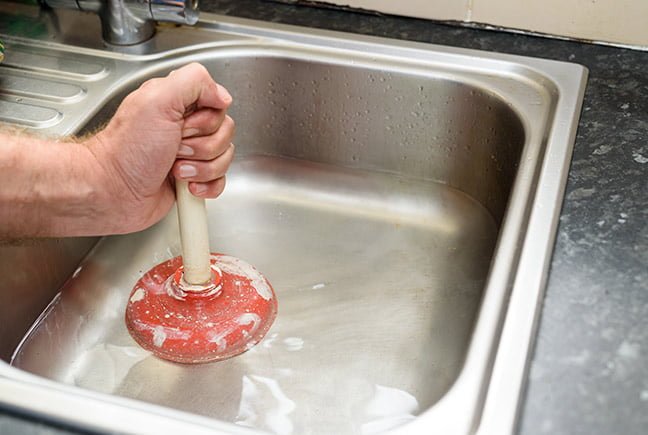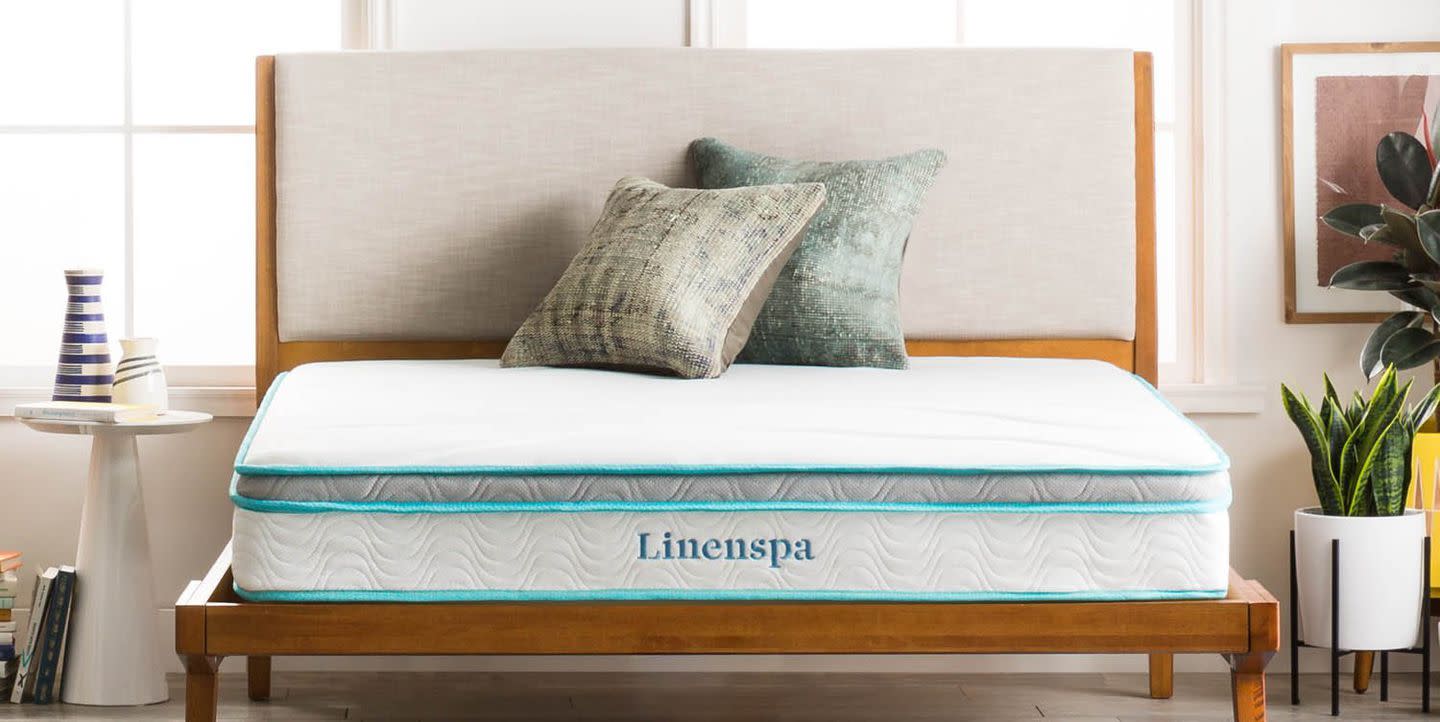If you're dealing with a clogged kitchen sink, you know how frustrating it can be. Not being able to use your sink for washing dishes and preparing food can disrupt your daily routine. But before you call a plumber and spend a hefty amount of money, there are some simple methods you can try to unclog your kitchen sink on your own.How to Unclog a Kitchen Sink
One of the most popular DIY methods for unclogging a kitchen sink is by using a combination of baking soda and vinegar. This natural and chemical-free solution can help break down and dissolve the debris causing the blockage. Start by pouring a pot of boiling hot water down the sink to loosen up any grease or oil. Then, pour half a cup of baking soda followed by half a cup of vinegar into the drain. Let it sit for 10-15 minutes before pouring another pot of hot water down the drain to flush out the mixture.Unclogging a Kitchen Sink with Baking Soda and Vinegar
If the baking soda and vinegar method doesn't work, you can also try using a plunger to clear the clog. Make sure to block the overflow hole with a wet cloth and fill the sink with enough water to cover the plunger. Place the plunger over the drain and push down and up several times to create suction. This should dislodge the clog and allow the water to flow freely.Using a Plunger to Unclog a Kitchen Sink
If the plunger method doesn't work, you may need to use a drain snake to remove the clog. Insert the drain snake into the drain and twist it until you feel resistance. This could be a sign that you have reached the clog. Continue twisting and pushing the snake until you feel the clog break up. Then, pull the snake out and run hot water down the drain to flush it out.Unclogging a Kitchen Sink with a Drain Snake
In addition to the methods mentioned above, there are other DIY solutions you can try to unclog your kitchen sink. For example, you can try pouring boiling hot water mixed with dish soap down the drain. The soap will help break down any grease or oil causing the clog. You can also use a wet/dry vacuum to suck out the clog or try using a wire hanger to fish out any debris.DIY Methods for Unclogging a Kitchen Sink
To prevent future clogs, it's important to understand the common causes of a clogged kitchen sink. Some of the most common culprits include food scraps, grease, oil, and soap scum. These can easily build up in the pipes and cause a blockage. To prevent this, make sure to properly dispose of food scraps and avoid pouring grease or oil down the drain.Common Causes of a Clogged Kitchen Sink
In addition to proper disposal of food scraps and avoiding pouring grease down the drain, there are other preventative measures you can take to avoid kitchen sink clogs. These include using a drain catcher to catch food debris and regularly running hot water down the drain to prevent buildup. You can also pour a cup of baking soda followed by a cup of vinegar down the drain once a week to keep it clear.Preventing Kitchen Sink Clogs
If the clog persists or if you're dealing with a severe blockage, it may be time to call a professional plumber. They have the tools and expertise to remove stubborn clogs and ensure that your pipes are in good condition. It's also important to call a professional if you notice any unusual smells or sounds coming from your sink.When to Call a Professional for a Clogged Kitchen Sink
In some cases, the clog may be located in the kitchen sink trap, which is the curved section of pipe under the sink. To remove and clean the trap, place a bucket under the trap to catch any water, then use pliers to loosen the slip nuts that hold the trap in place. Once removed, you can clean out any debris and reattach the trap.How to Remove and Clean a Kitchen Sink Trap
Lastly, if all else fails, you can try using a chemical drain cleaner to unclog your kitchen sink. However, these products can be harsh and damaging to your pipes, so use them as a last resort. Make sure to follow the instructions carefully and wear protective gloves and eyewear.Using Chemical Drain Cleaners for a Clogged Kitchen Sink
Troubleshooting Tips for a Stopped Kitchen Sink

Additional Causes of a Clogged Kitchen Sink
 While a clogged kitchen sink is often caused by food particles and grease buildup, there are other factors that can contribute to this frustrating problem. One common issue is a blocked
garbage disposal
. If your sink is not draining at all, it could be due to a jammed disposal unit. To check for this, make sure the disposal is turned off and use tongs or pliers to remove any visible obstructions. Another cause of a stopped kitchen sink could be a
collapsed drain line
. This typically occurs in older homes with outdated plumbing systems, and can lead to slow draining or complete blockages. Lastly, if your kitchen sink has a
separate drain for your dishwasher
, it is important to check that it is not clogged as well.
While a clogged kitchen sink is often caused by food particles and grease buildup, there are other factors that can contribute to this frustrating problem. One common issue is a blocked
garbage disposal
. If your sink is not draining at all, it could be due to a jammed disposal unit. To check for this, make sure the disposal is turned off and use tongs or pliers to remove any visible obstructions. Another cause of a stopped kitchen sink could be a
collapsed drain line
. This typically occurs in older homes with outdated plumbing systems, and can lead to slow draining or complete blockages. Lastly, if your kitchen sink has a
separate drain for your dishwasher
, it is important to check that it is not clogged as well.
Additional Solutions for a Stopped Kitchen Sink
 In addition to the tips mentioned in the previous paragraph, there are a few other methods you can try to unclog your kitchen sink. One option is to use a
plunger
. This tool can create a suction that helps to dislodge the blockage and allow water to flow freely again. Another solution is to use a
snake drain
, which is a long flexible tool that can reach deep into the drain to break up and remove the clog. If these DIY methods do not work, it may be time to call a professional
plumber
. They have the necessary tools and expertise to effectively unclog your kitchen sink and prevent future blockages.
In addition to the tips mentioned in the previous paragraph, there are a few other methods you can try to unclog your kitchen sink. One option is to use a
plunger
. This tool can create a suction that helps to dislodge the blockage and allow water to flow freely again. Another solution is to use a
snake drain
, which is a long flexible tool that can reach deep into the drain to break up and remove the clog. If these DIY methods do not work, it may be time to call a professional
plumber
. They have the necessary tools and expertise to effectively unclog your kitchen sink and prevent future blockages.
Preventative Measures for a Clogged Kitchen Sink
 To avoid dealing with a stopped kitchen sink in the future, there are a few preventative measures you can take. First, be mindful of what you put down the drain. Avoid pouring grease, oils, and large food particles down the sink, as they can easily cause clogs. Additionally, regularly using a
drain cleaner
can help to break down any buildup in the pipes and keep them clear. Lastly, consider installing a
garbage disposal
if you do not have one already. This can help to grind up food particles and prevent them from causing clogs in the drain.
To avoid dealing with a stopped kitchen sink in the future, there are a few preventative measures you can take. First, be mindful of what you put down the drain. Avoid pouring grease, oils, and large food particles down the sink, as they can easily cause clogs. Additionally, regularly using a
drain cleaner
can help to break down any buildup in the pipes and keep them clear. Lastly, consider installing a
garbage disposal
if you do not have one already. This can help to grind up food particles and prevent them from causing clogs in the drain.
Conclusion
 A clogged kitchen sink can be a major inconvenience in any household. By understanding the additional causes and solutions for this problem, you can effectively troubleshoot and prevent future clogs. However, if DIY methods do not work, do not hesitate to call a professional for assistance. By taking preventative measures and properly maintaining your kitchen sink, you can keep it functioning smoothly and avoid the headache of a stopped sink.
A clogged kitchen sink can be a major inconvenience in any household. By understanding the additional causes and solutions for this problem, you can effectively troubleshoot and prevent future clogs. However, if DIY methods do not work, do not hesitate to call a professional for assistance. By taking preventative measures and properly maintaining your kitchen sink, you can keep it functioning smoothly and avoid the headache of a stopped sink.
/plumber-unclogging-kitchen-sink-169270382-5797a9355f9b58461f27f024.jpg)


/how-to-unclog-a-kitchen-sink-2718799_sketch_FINAL-8c5caa805a69493ab22dfb537c72a1b7.png)







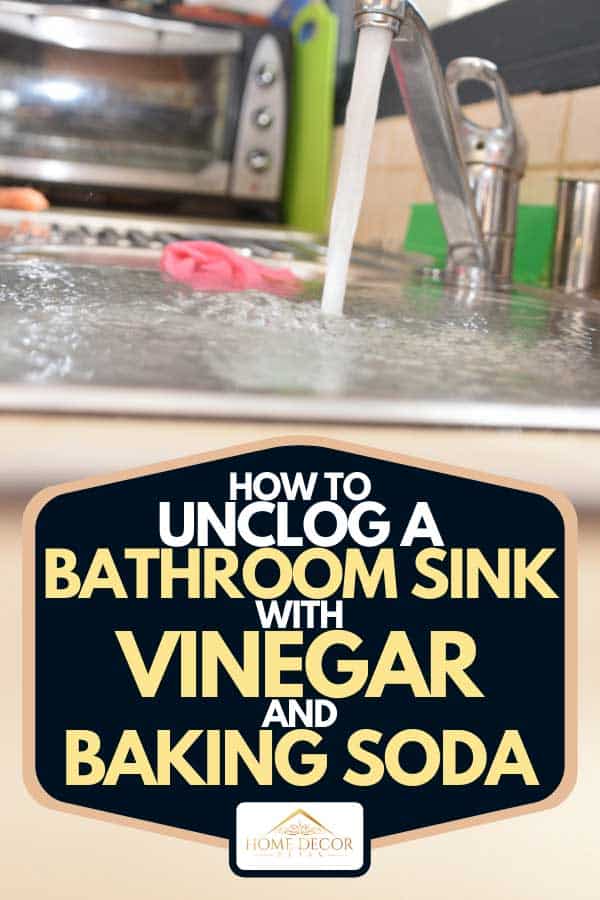






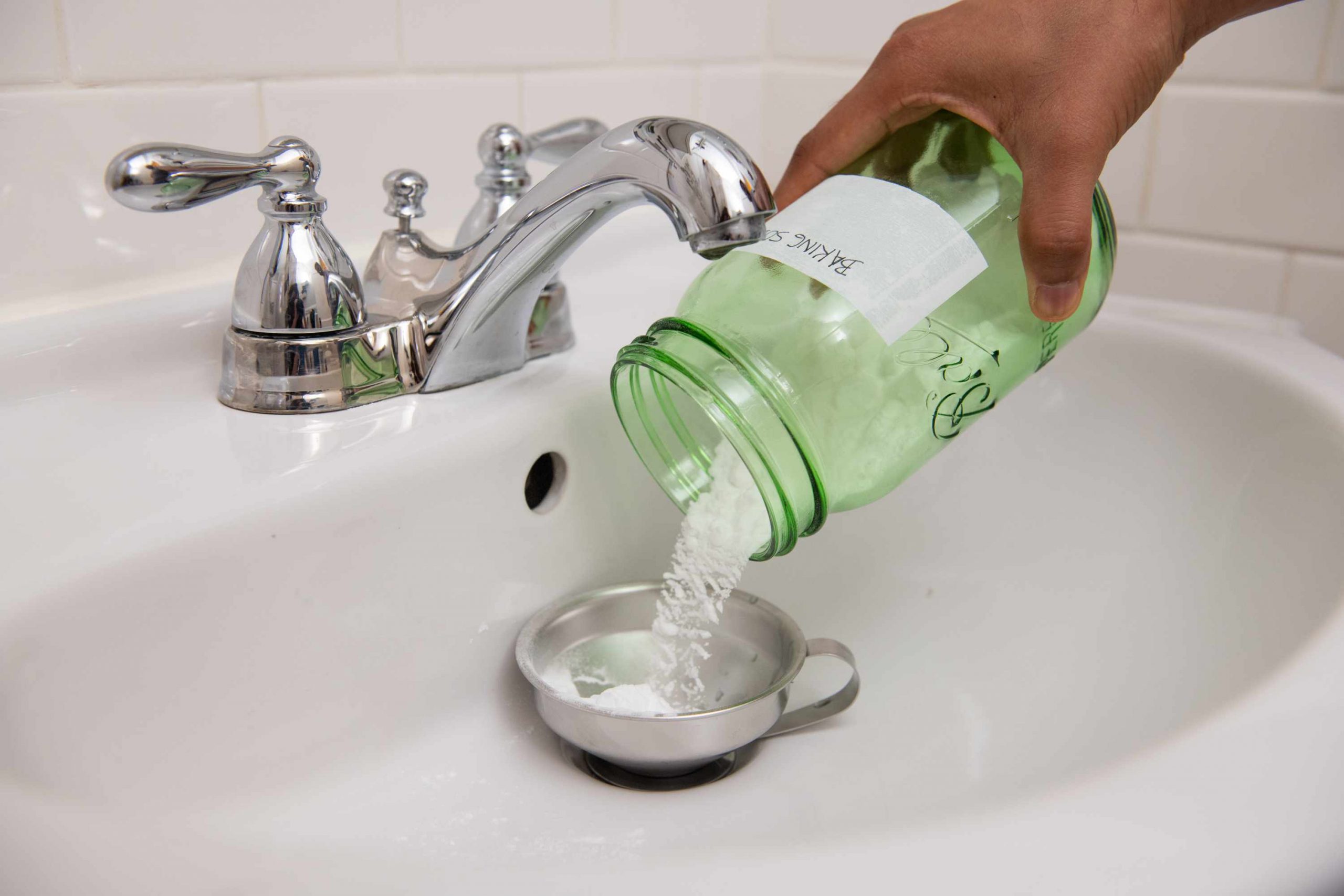
:max_bytes(150000):strip_icc()/freshen-and-unclog-drain-with-baking-soda-1900466-18-1a5b5da01939471ca8f8823865bd1ce8.jpg)

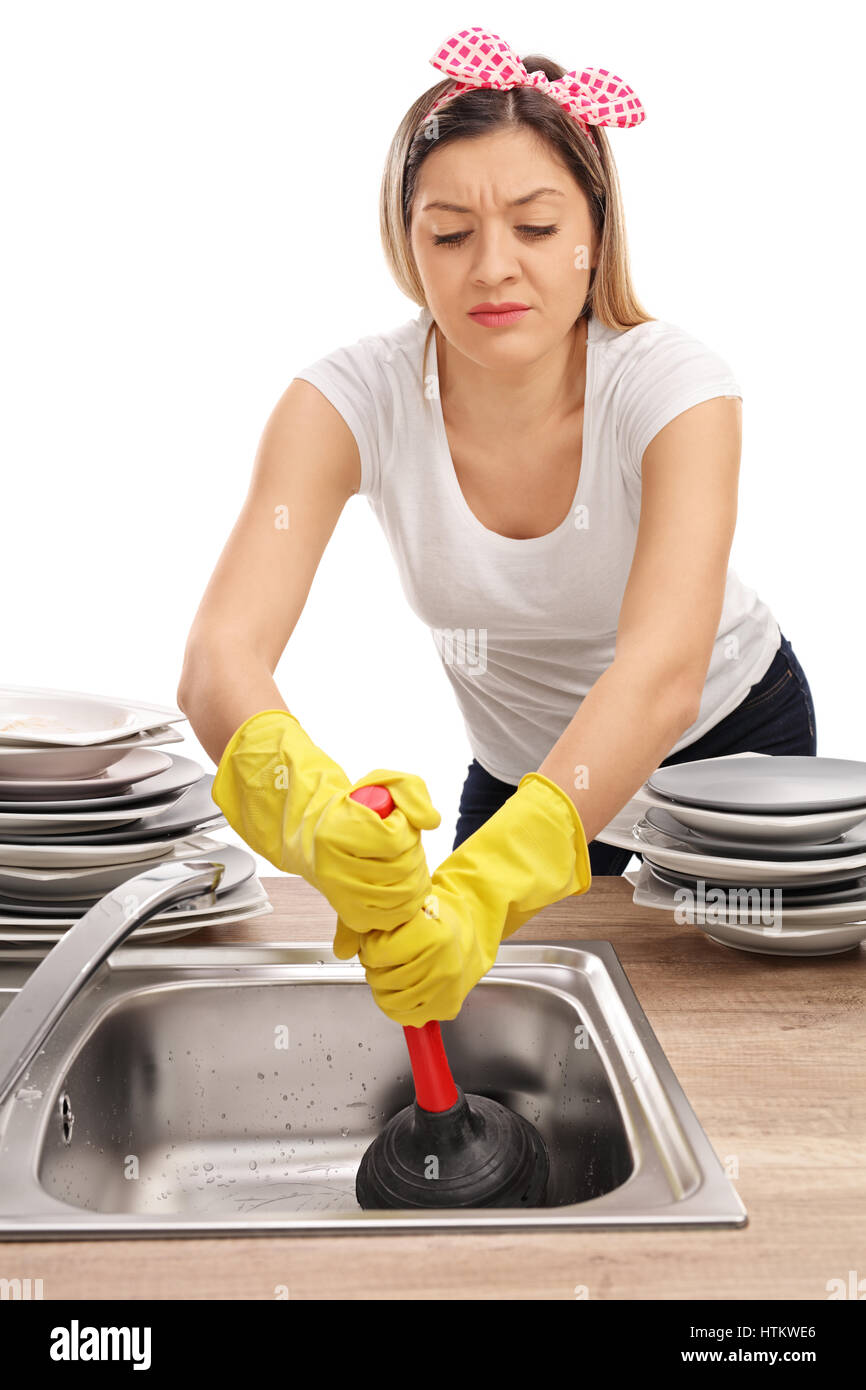


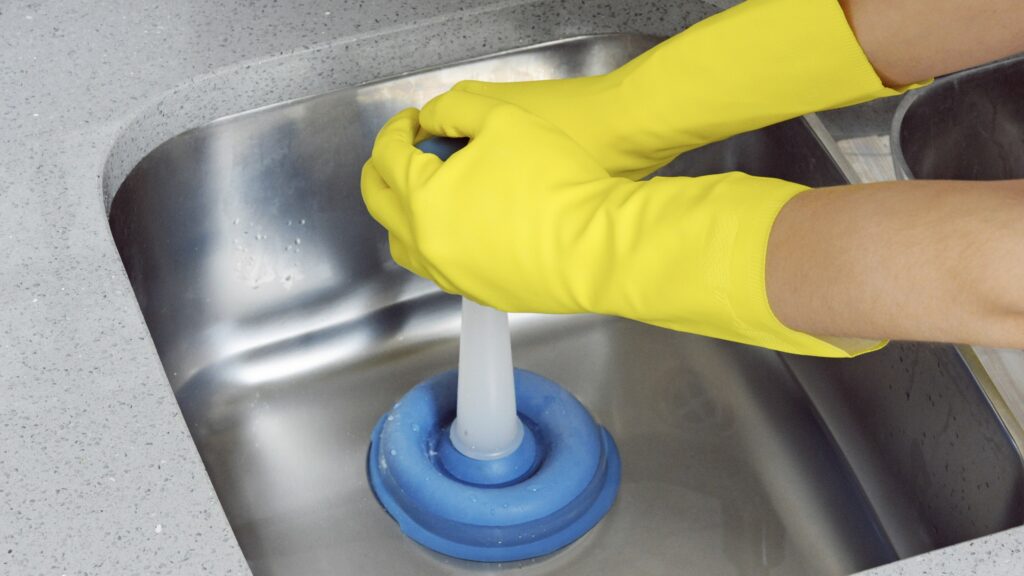
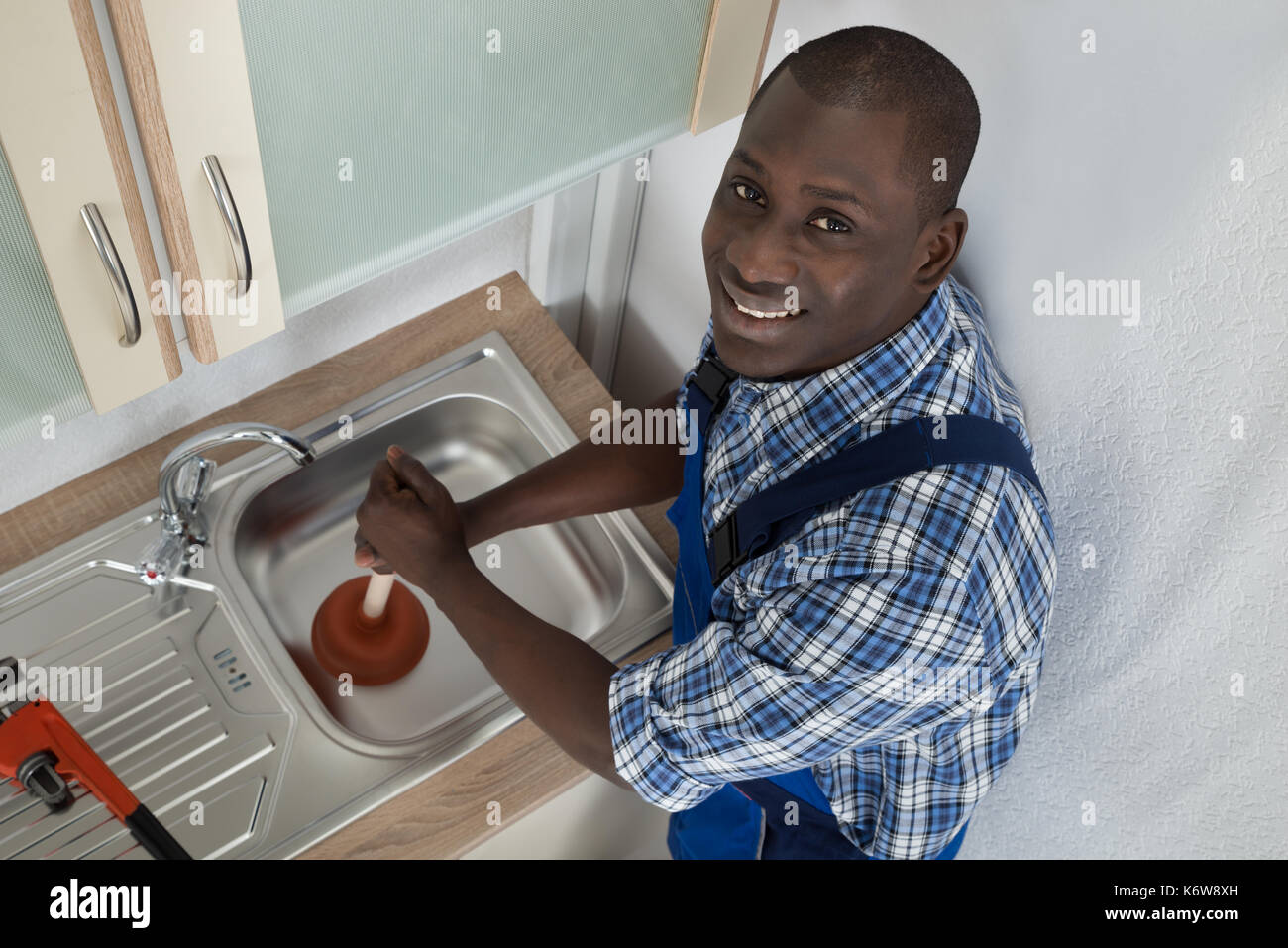






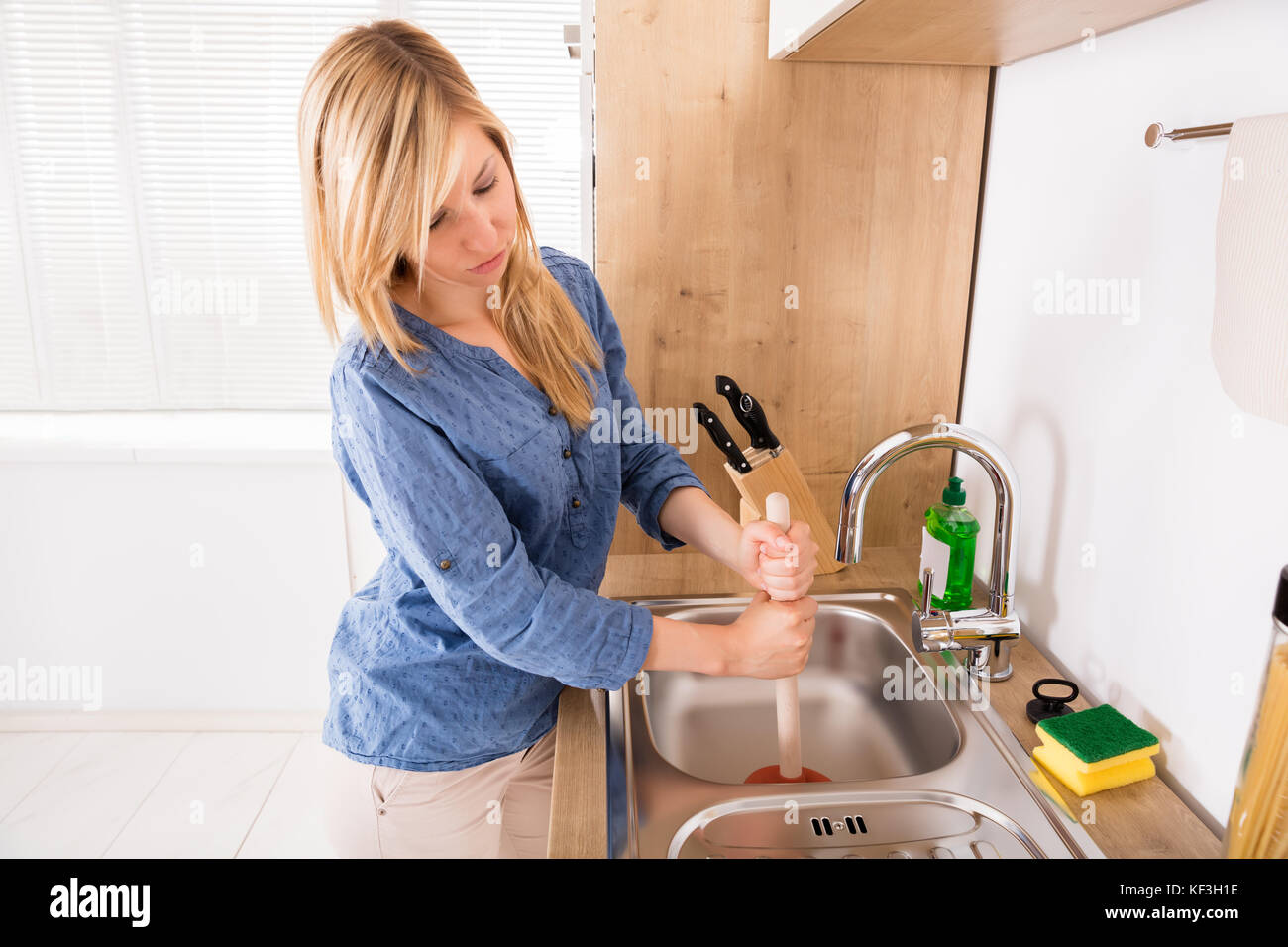




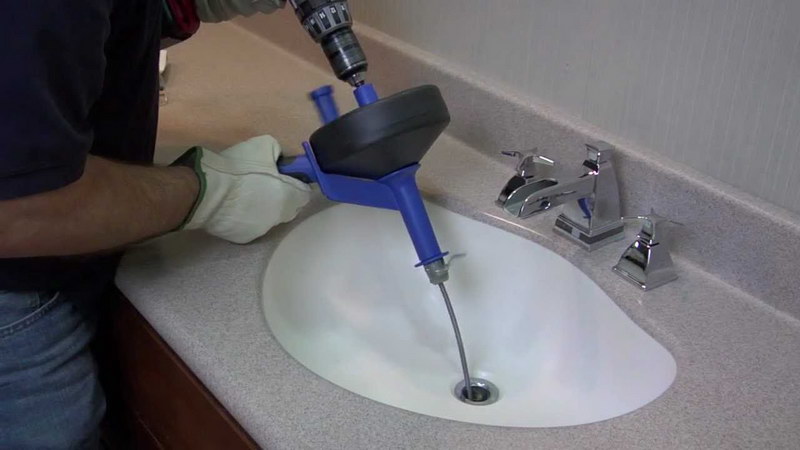
/DrainSnake-c4efd6c0f57e4994a171a4b2f2463059.jpg)



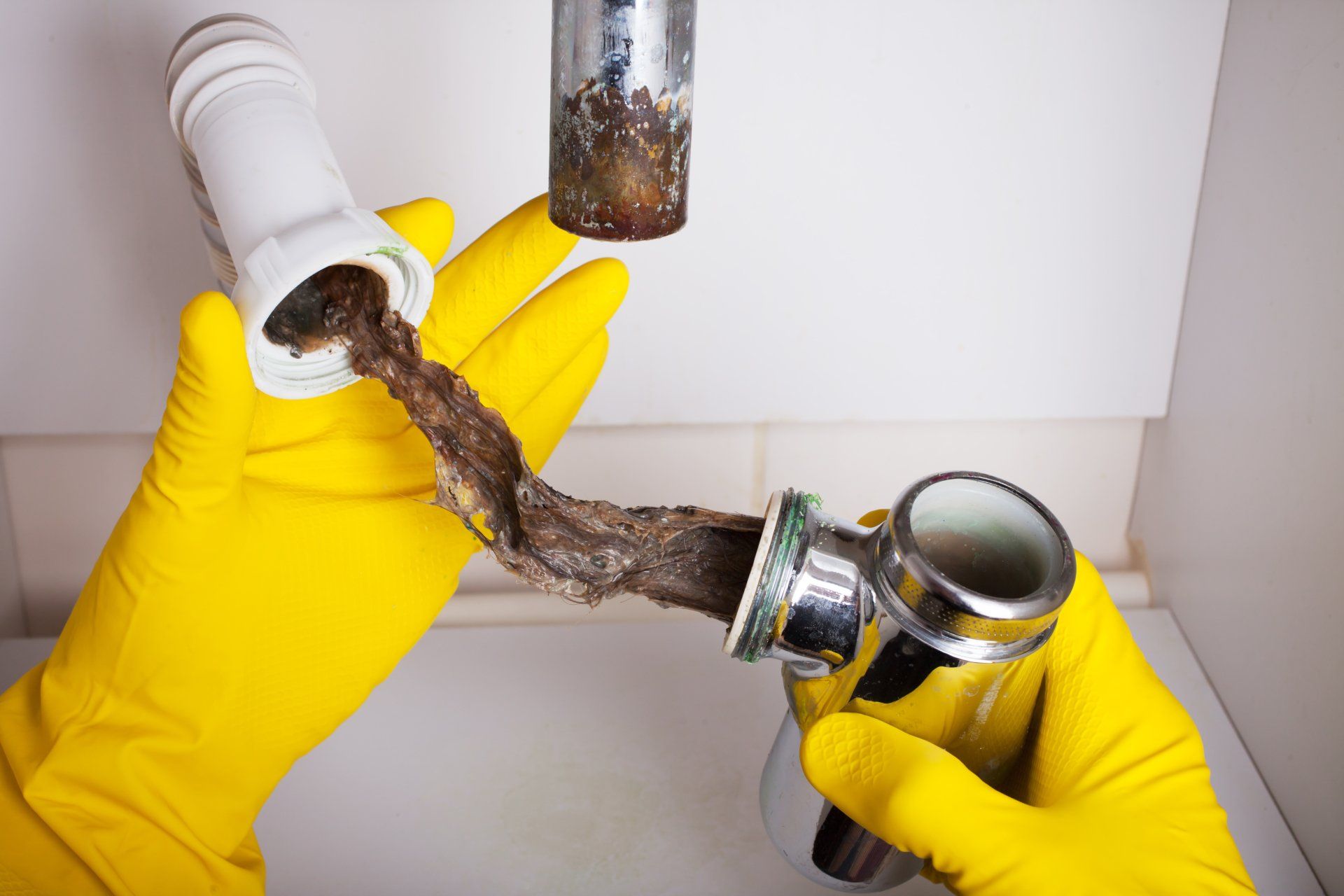
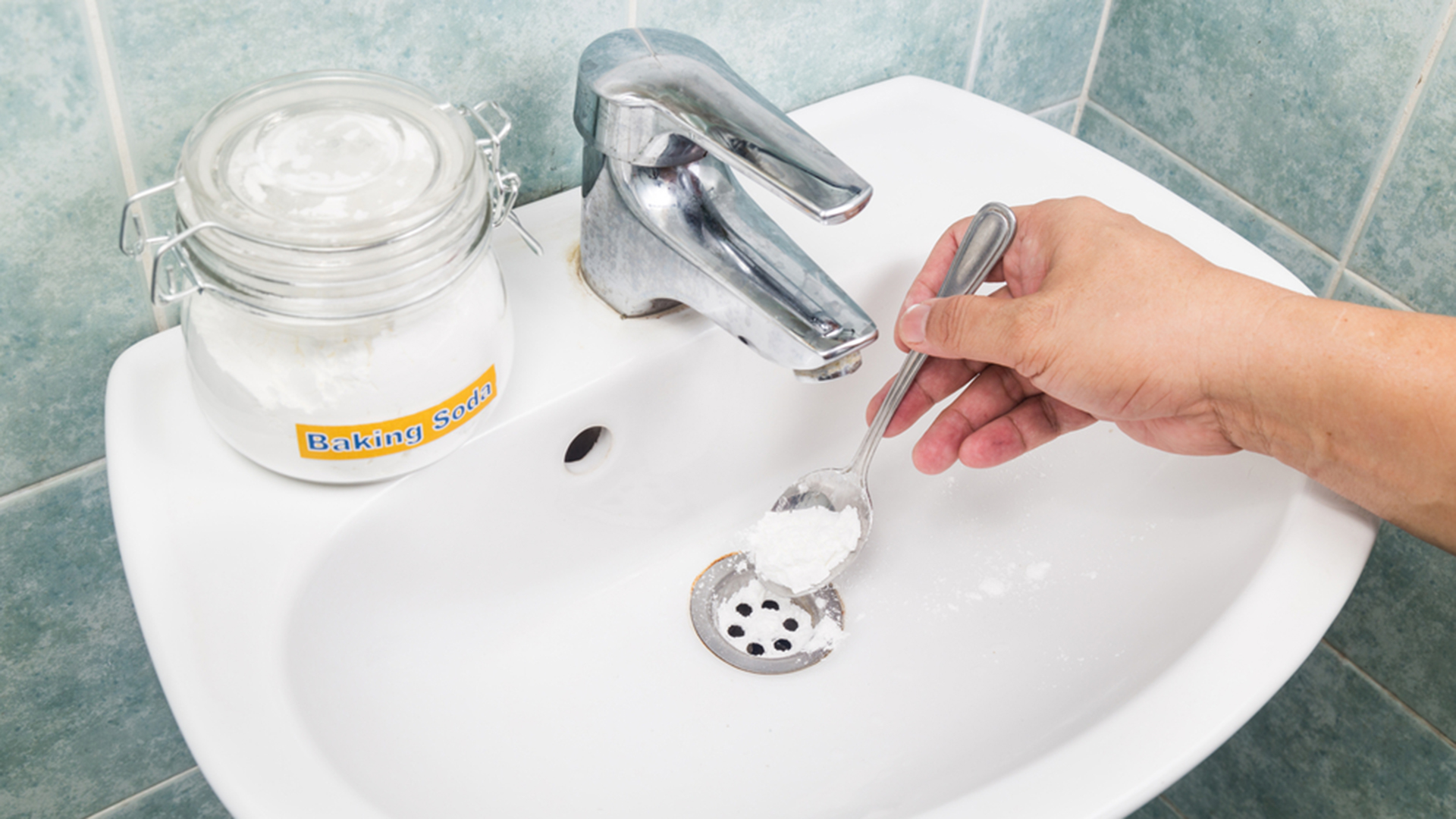










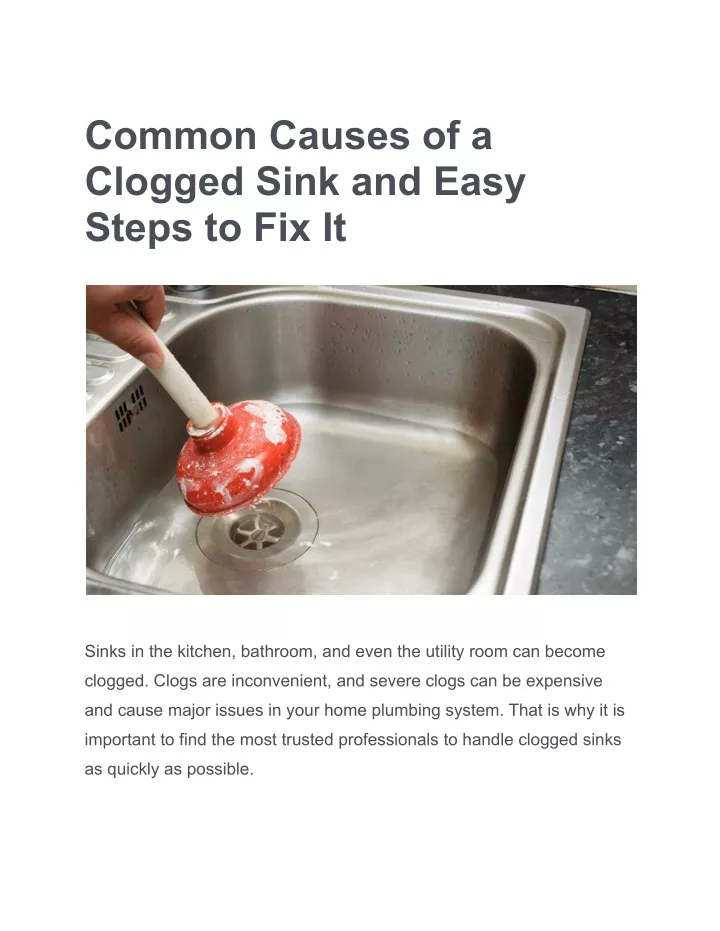
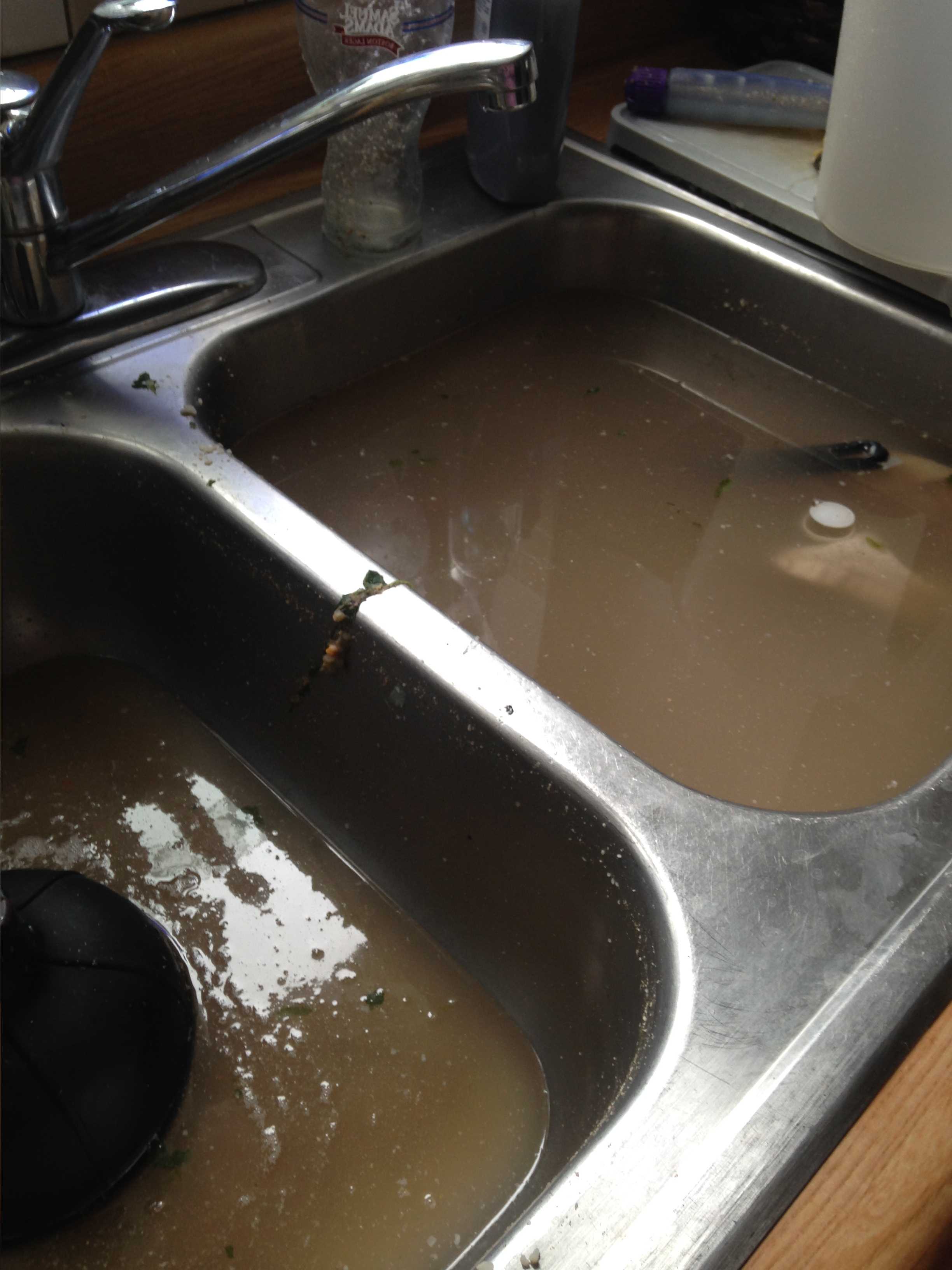



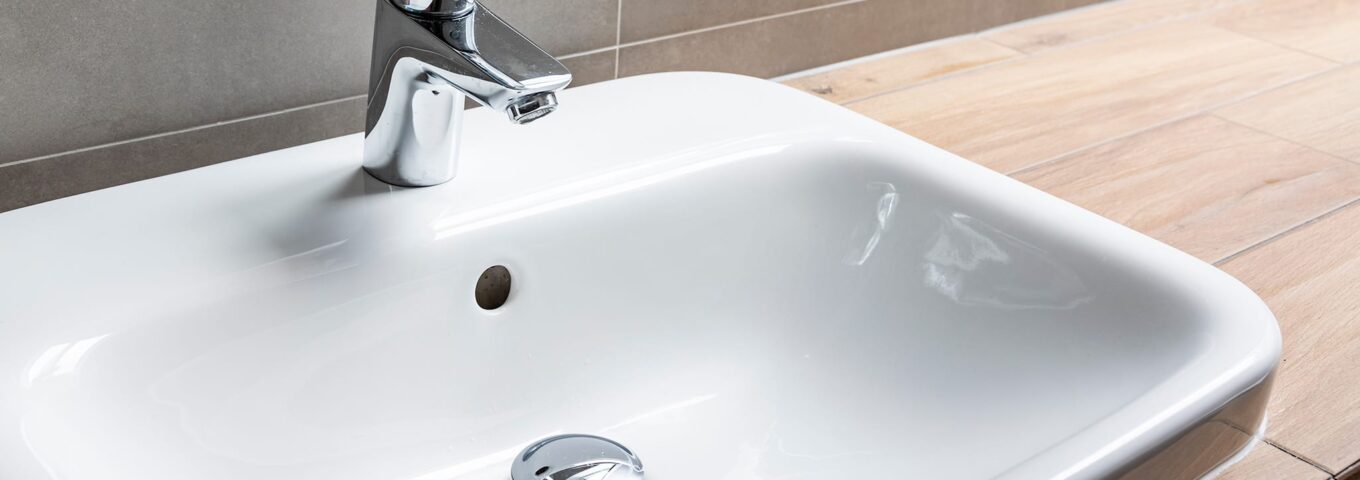







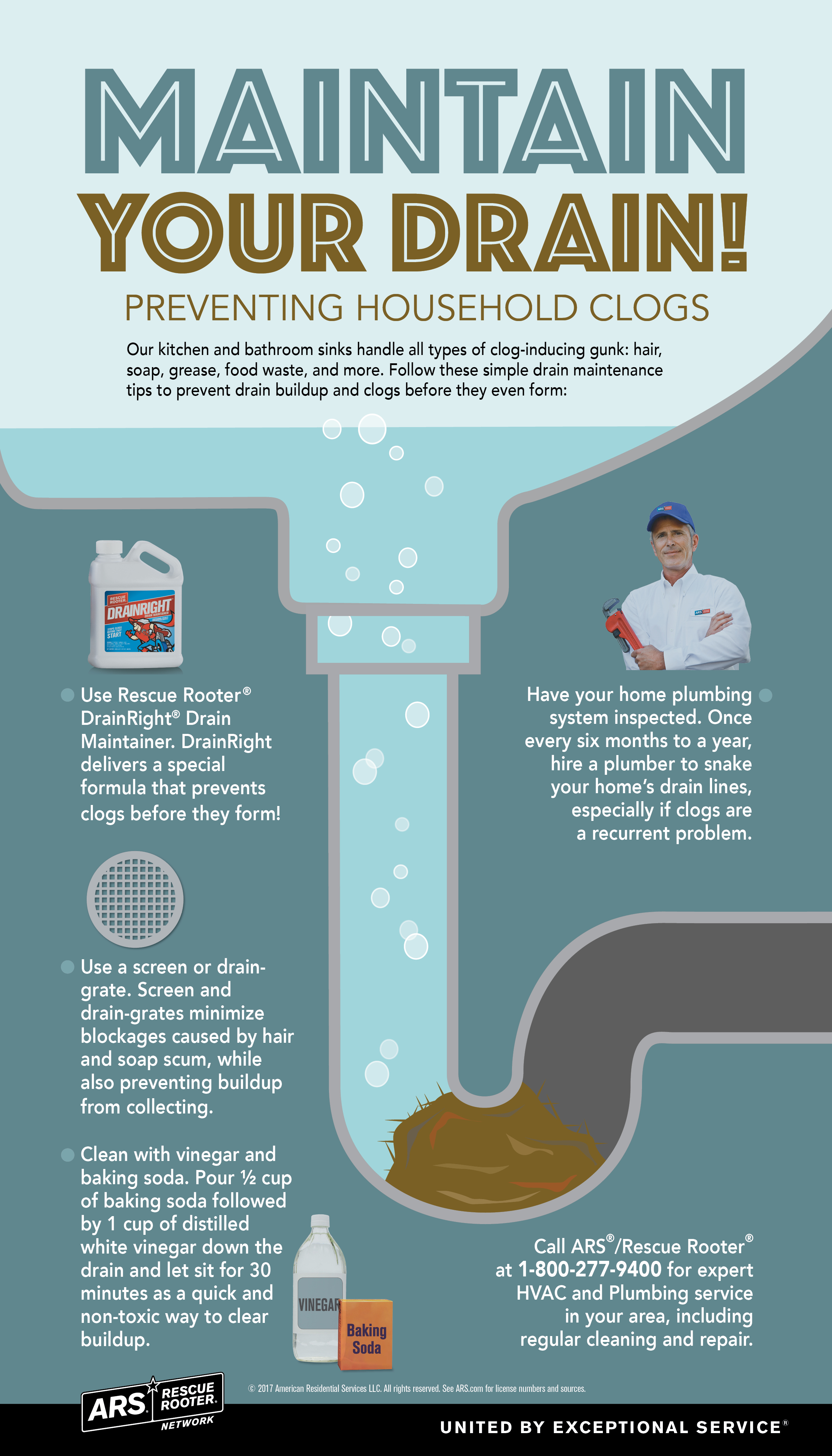







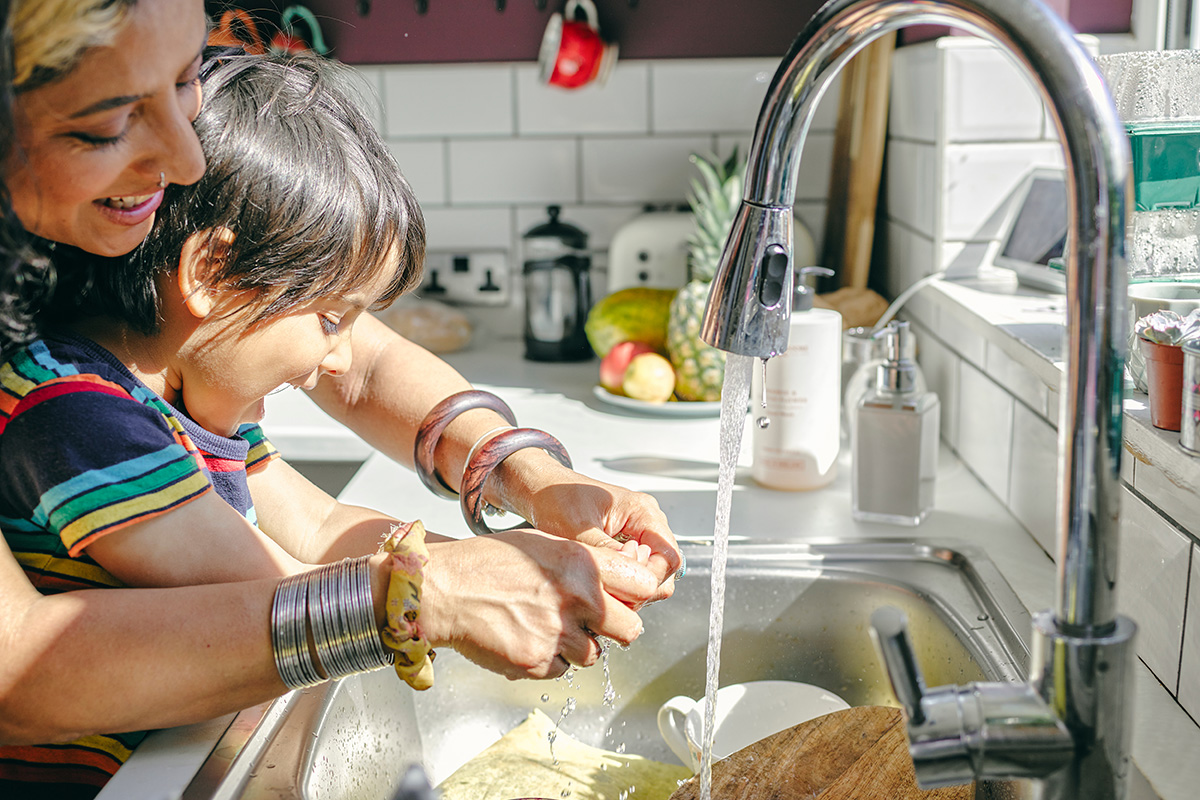

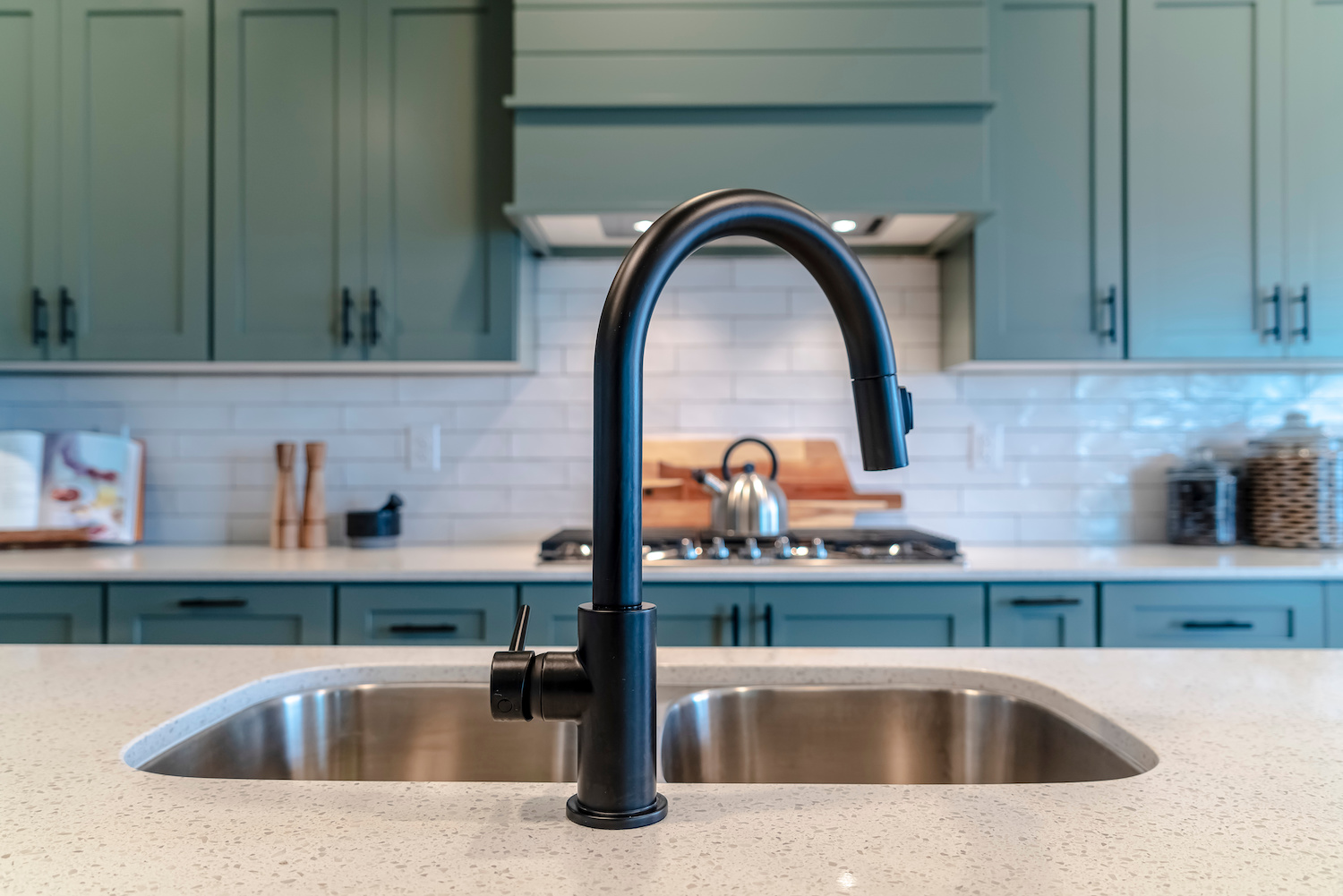



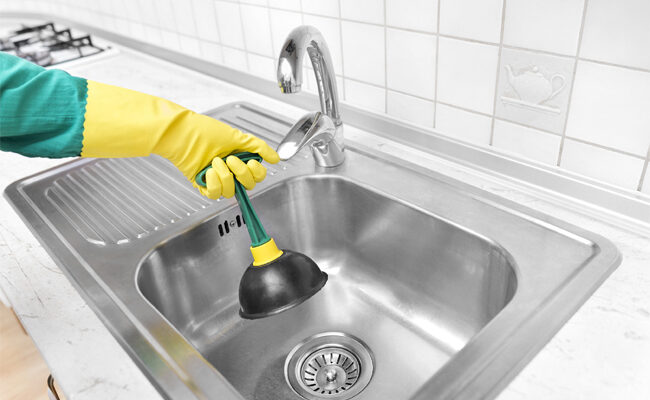
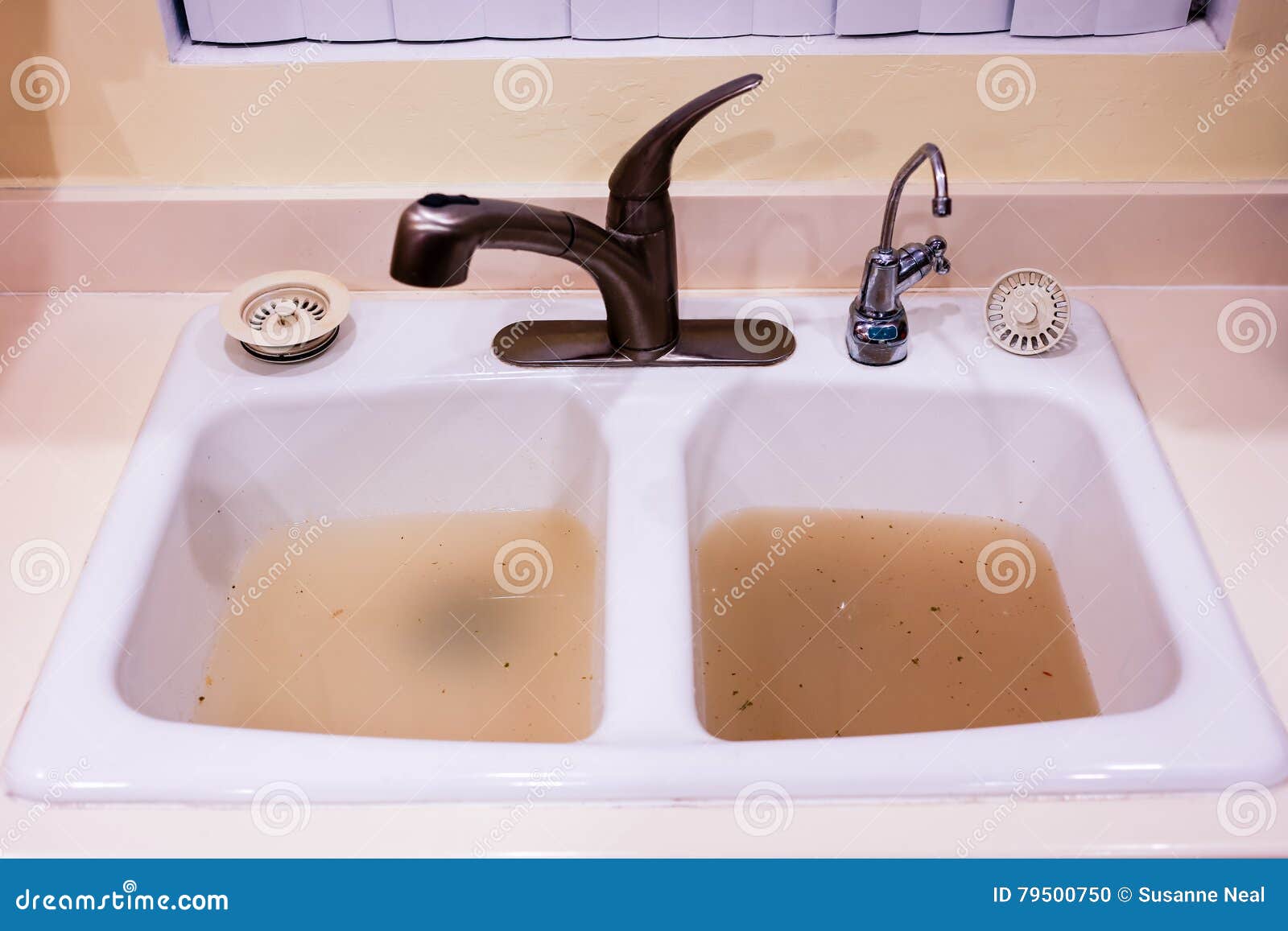
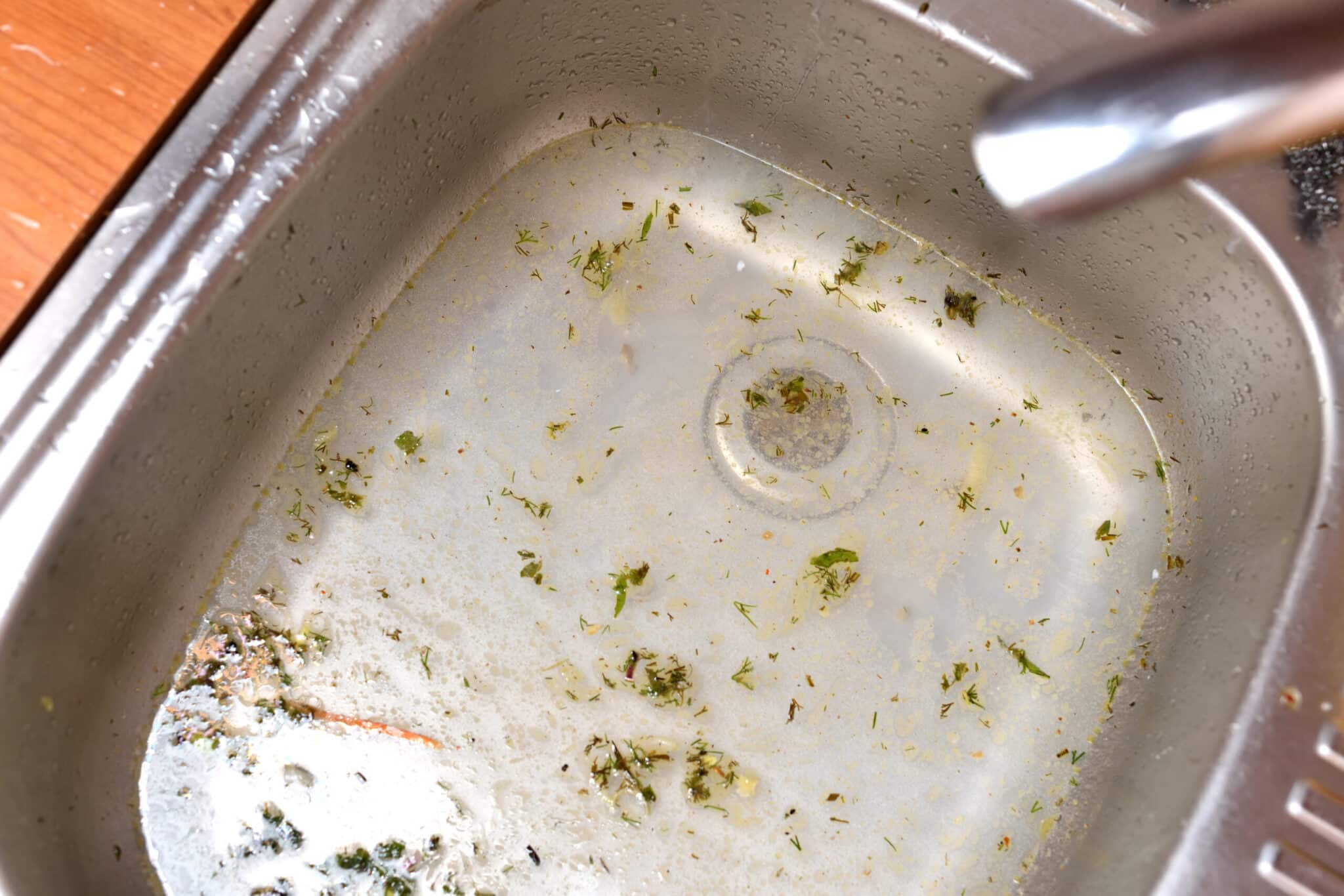

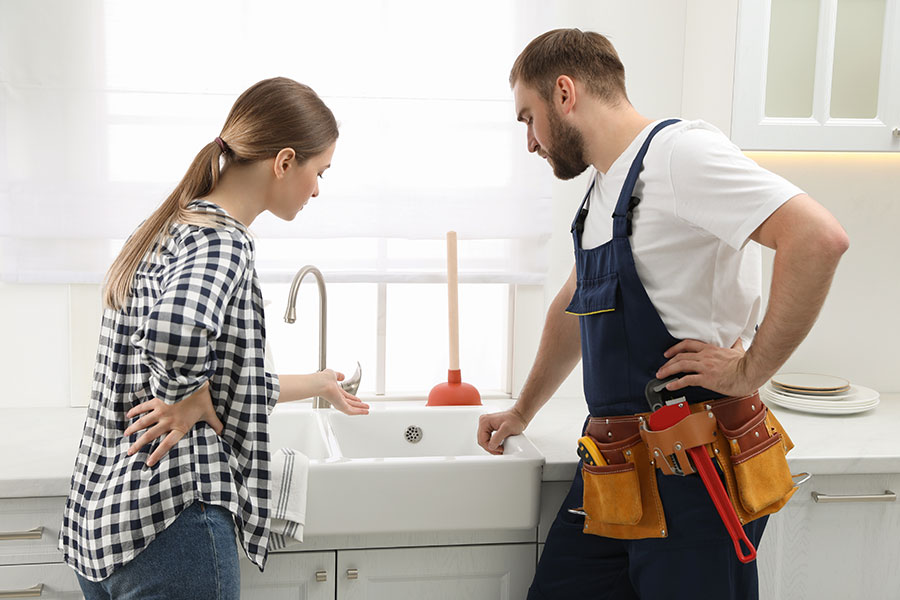











:max_bytes(150000):strip_icc()/how-to-unclog-a-kitchen-sink-2718799_sketch_FINAL-8c5caa805a69493ab22dfb537c72a1b7.png)

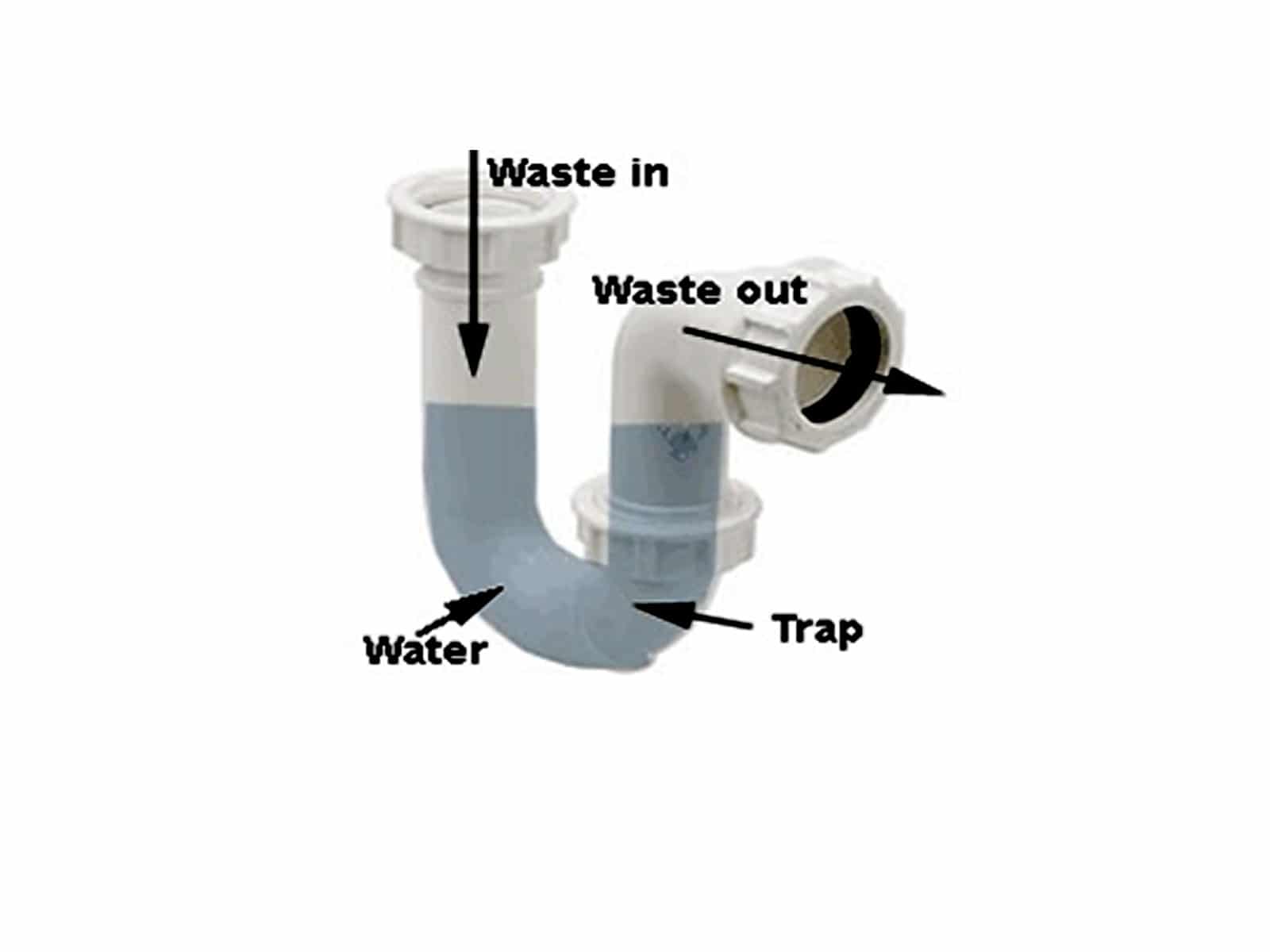
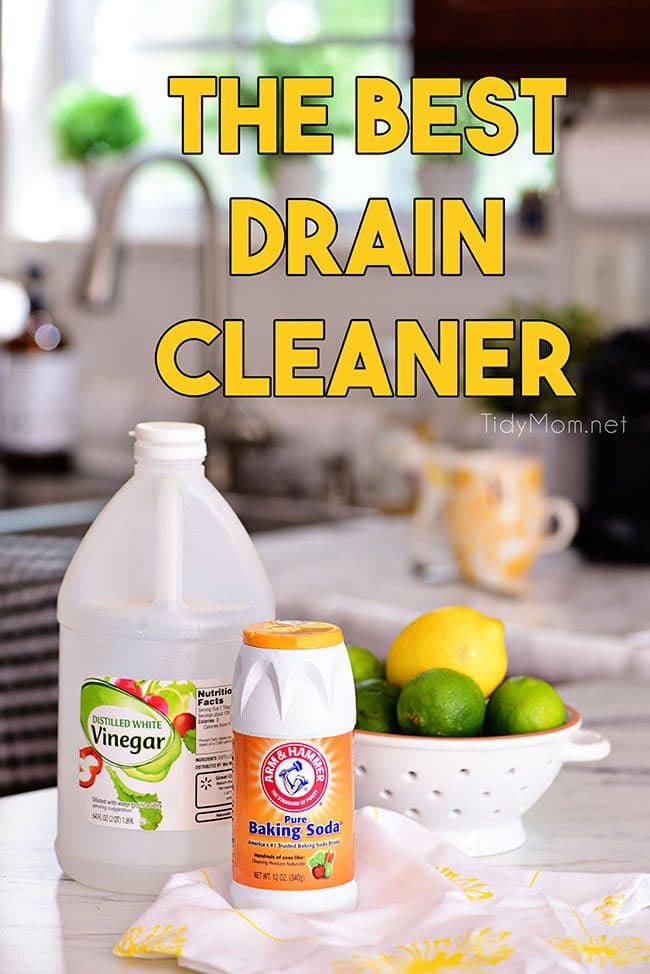

:max_bytes(150000):strip_icc()/freshen-and-unclog-drain-with-baking-soda-1900466-22-bbf940b70afa4d5abef0c54da23b1d3f.jpg)
